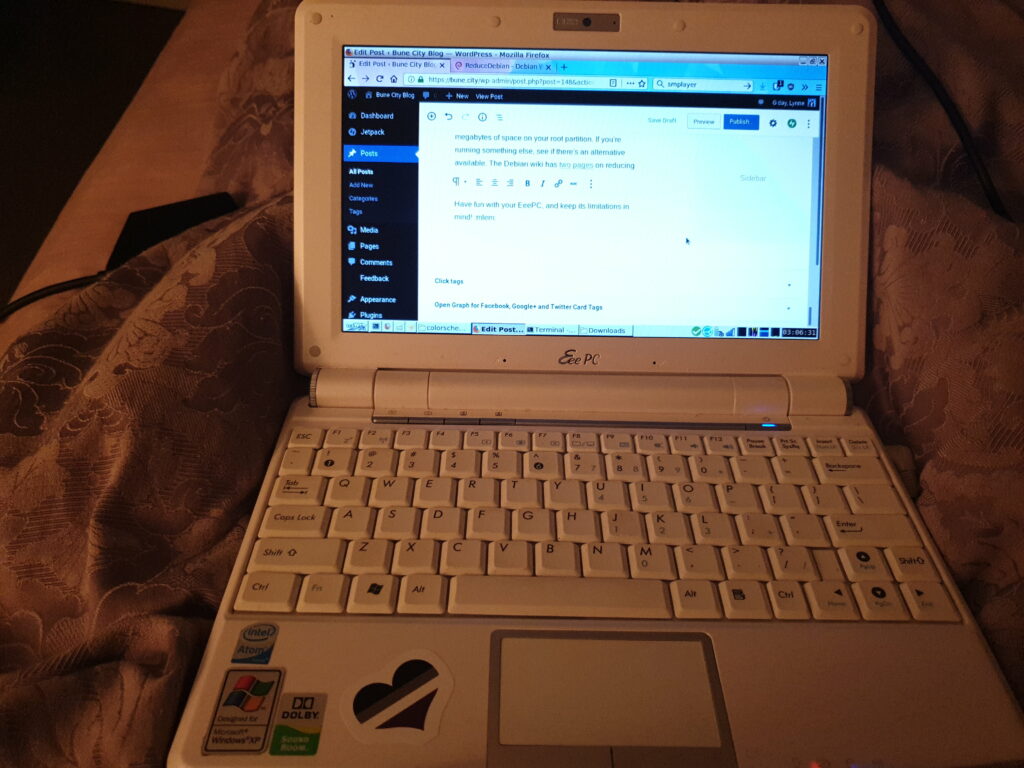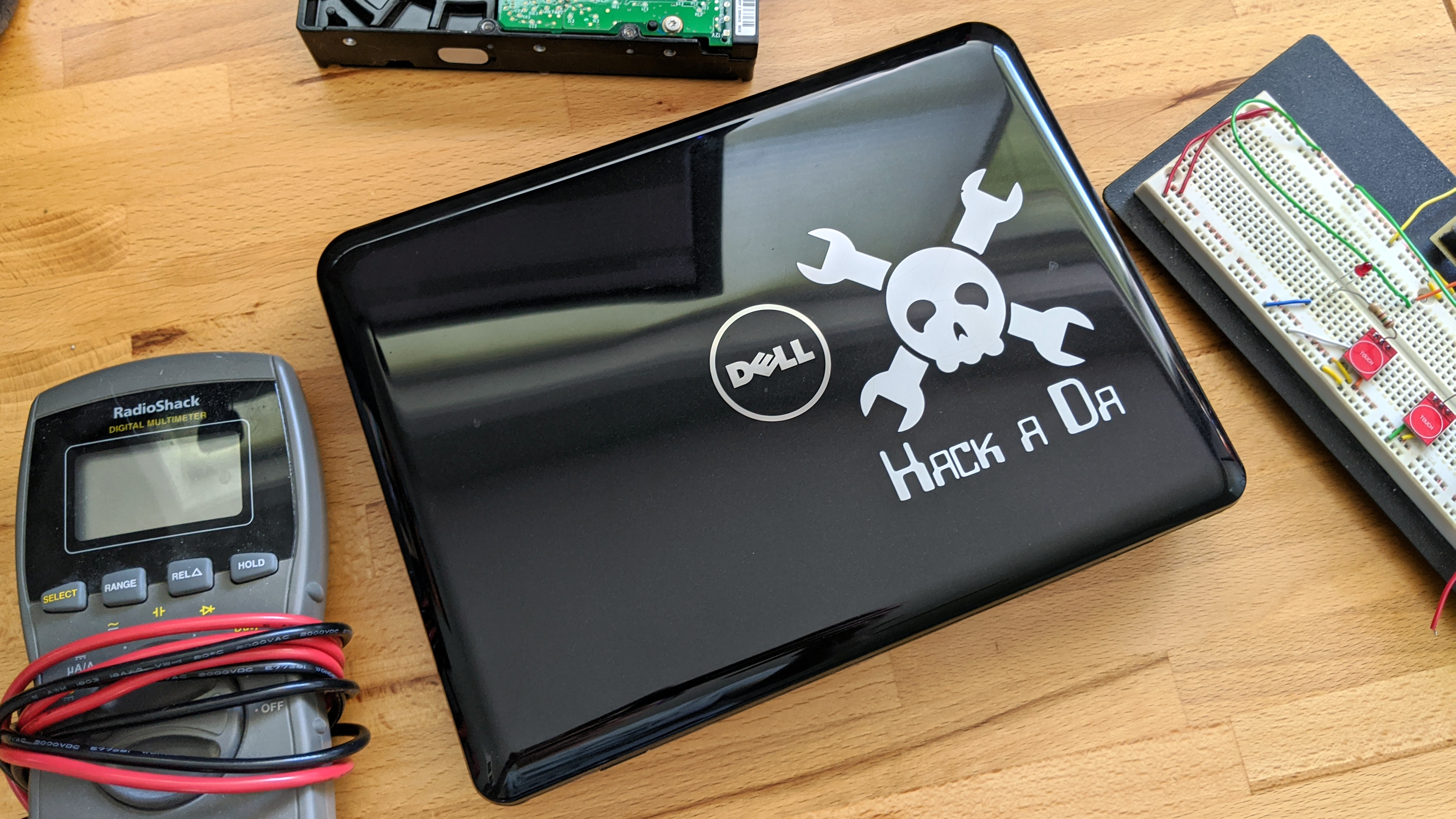

The rest of this post will focus on Linux, although some of the information may apply to Windows too.Īn EeePC 1000H running Debian Buster. If you really do need Windows, though, I would recommend Windows XP, as anything newer than that will almost certainly be too much for the EeePC to handle. Even if you use Windows everywhere else, this might be a good opportunity to try out Linux.

If you need Windows rather than a Linux distribution, I’d first advise you to make sure that you really do need Windows to run on this machine. Specifically, I couldn’t get the function keys to work on my 1000H.

This isn’t to say it’s the only choice, but I found it to work very well, with only a few issues. For these reasons and others, I decided to choose Debian as the operating system for my EeePC, and I highly recommend it.
Update browser on eee pc 701 install#
This means that you can install Debian (stable or otherwise) from without having to worry about missing firmware, broken installers, and so on. The Debian community once ran a project with the goal of getting EeePC hardware natively supported by Debian without needing specific installers or packages, a goal that they have mostlly achieved. There are sometimes community-maintained 32-bit ports of major distros available (such as Arch Linux 32), but these will have reduced support, package count, etc.ĭebian (and distros based on it, such as Ubuntu) is one of the few major Linux distros that still support 32-bit x86 CPUs. This means that many distros can’t be installed on an EeePC, with major options such as Arch Linux being unavailable. One major issue you’ll quickly run into is that all EeePC models use 32-bit x86 CPUs. Also, make sure you mount the internal SSD (if you have one) and the SD card with the noatime flag to extend their life! Bear in mind that this will render your system unbootable without having the SD card inserted, but if you’re already using it for /home, you almost certainly want to have it always inserted anyway. You can use the SD card for /home, and the internal storage for the root partition, although you should be careful if your internal drive has a capacity in the single digits of gigabytes – you might want to move directories like /usr and /etc to the SD card too. If your EeePC has less than 32GB of internal storage, you’ll probably want to use an SD card for more space. Neither of these operating systems are really viable choices in the modern day and age, but there are still options available for the EeePC. On release, most EeePC models were shipped with either Windows XP or a modified version of Xandros, a discontinued Debian-based Linux distribution. Many of these tips apply to lightweight netbooks and and notebooks in general, of course, but they’re written from the perspective and goal of EeePC usage. The high memory usage is because I have Firefox open, writing this very post!


 0 kommentar(er)
0 kommentar(er)
